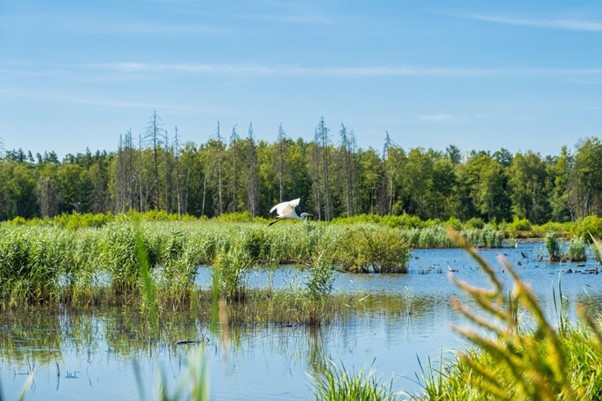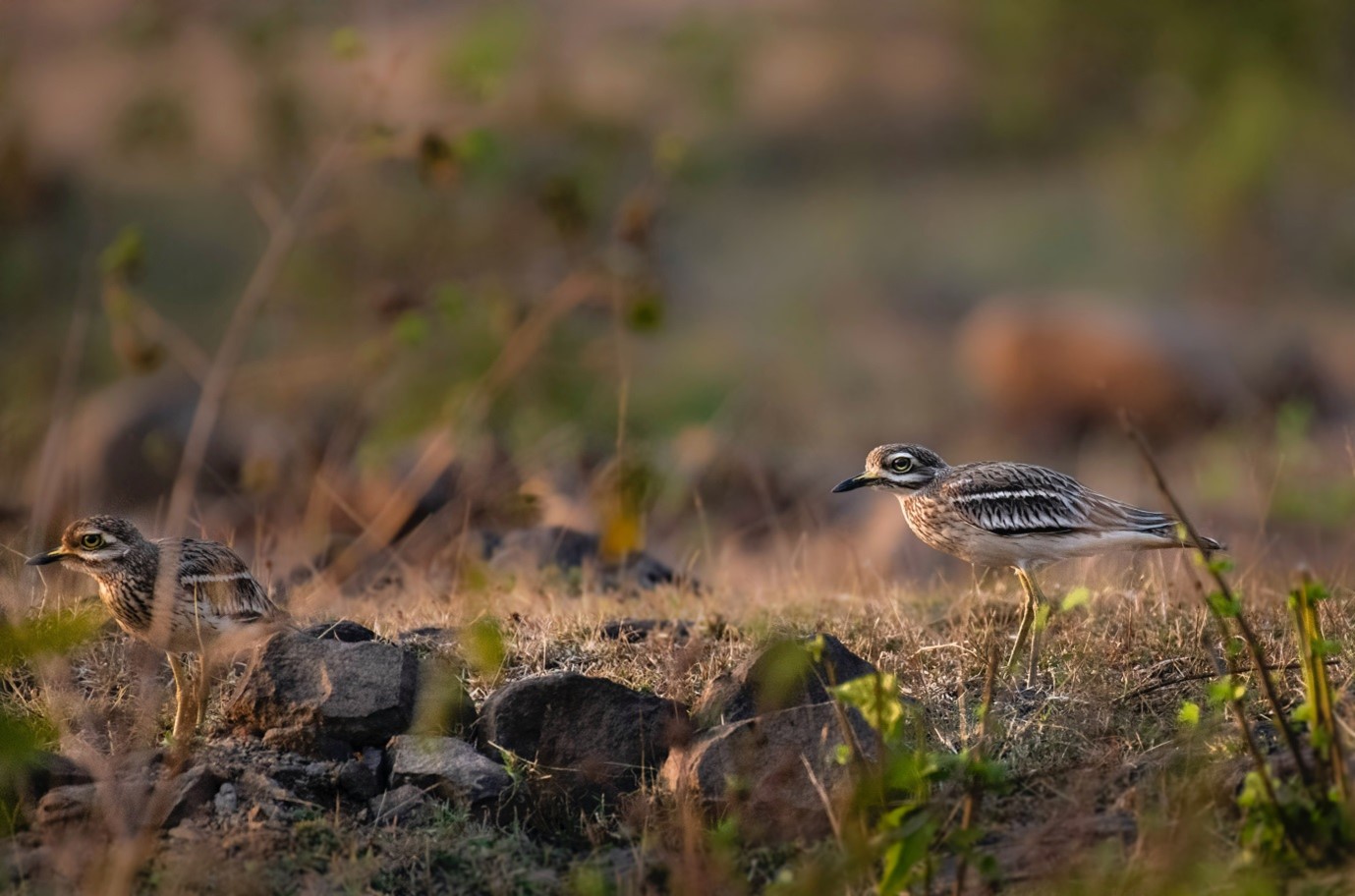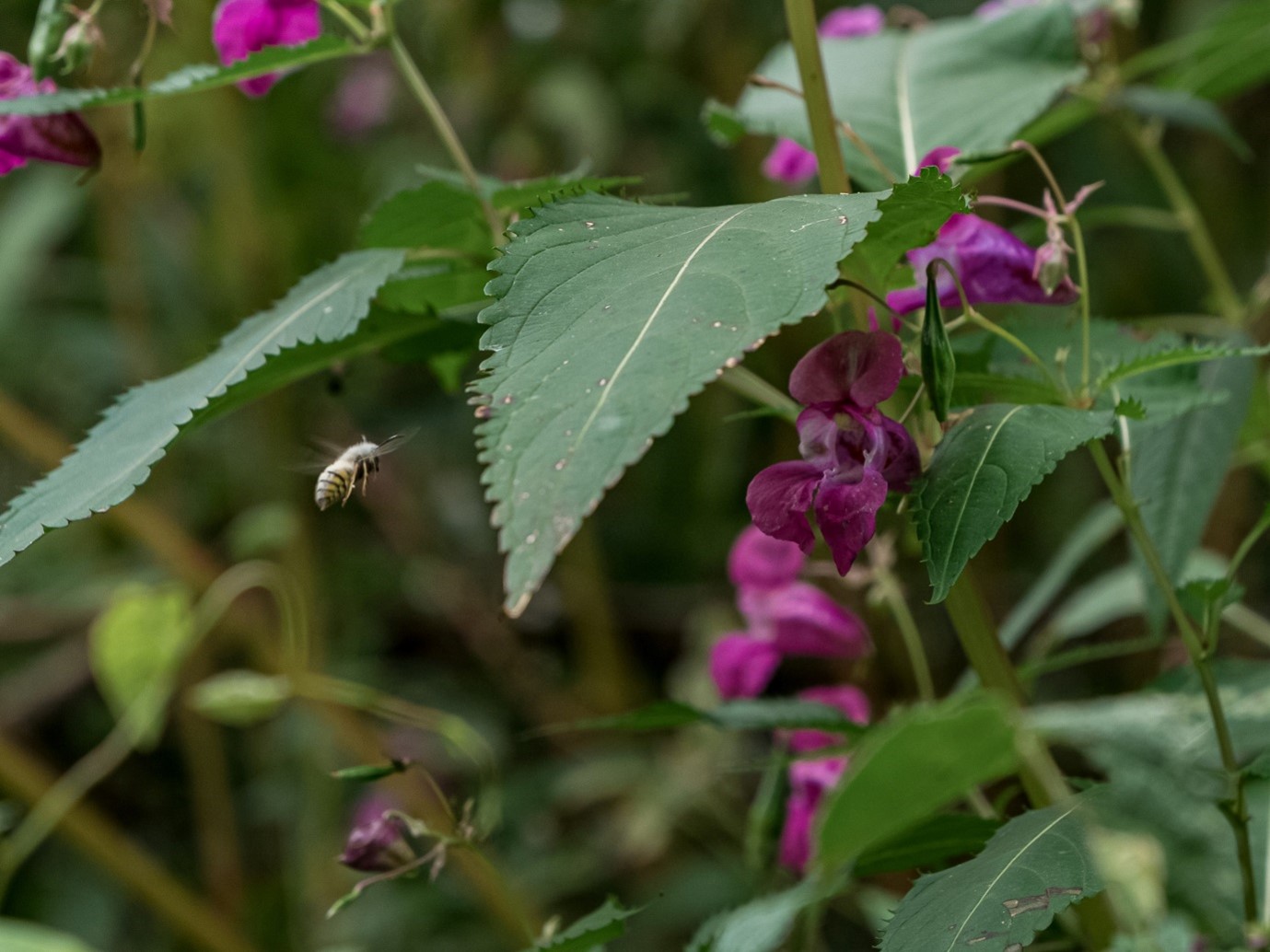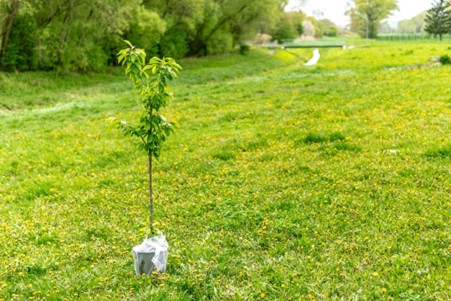Protecting Wildlife in Construction
January 18, 2023

James Powell, Graduate Environmental Advisor, discusses the measures implemented to safeguard wildlife during construction projects.
Since joining Trant, I've become well acquainted with the world of environmental management in construction, having learnt the ins and outs of carbon reporting, compliance, waste management and environmental management plans. All of which are challenging yet interesting areas to get to grips with.
I’ve also had the opportunity to travel to many different sites around the UK. This has allowed me to get an inside look into places that I never thought I'd see up close, such as oil refineries, water treatment facilities, power plants and sub-stations. Across all these sites a diverse range of species can be found, and it is my role, as part of the Environmental Team, to help ensure they are protected.
Creating an Environmental Management Plan (EMP)
The EMP is an integral part of wildlife preservation on sites. It examines all the aspects of a project with the potential to negatively impact the environment, and subsequently sets out all the necessary control measures required to protect nearby ecologies and landscapes. Ecology surveys, Environmental Impact Assessments, Ground Contamination Surveys, etc... These reports are essential to the formation of an effective EMP, as they allow us to identify any vulnerable receptors, and the pathways through which we may impact them. Owing to the high density of ecological information in the EMP, it is one of the first things I look at when supporting a site, to ensure I know what to look out for during site walkarounds and inspections.
Protecting Rare Species

The Stone Curlew
Perhaps the rarest species I have encountered on-site is the Stone Curlew. These are a schedule 1 protected bird species under the Wildlife and Countryside Act 1981, and are typically only found in a few locations throughout the UK, favouring areas with free-draining soils, good visibility, and short heath or bare-land. Following the mechanisation of agriculture (among other things), their populations in the UK have fallen dramatically. As a result, stringent controls are implemented on projects neighbouring the habitat of the Stone Curlew.
One option is to use acoustic barriers along the perimeter of the site, to limit the effects of construction noise on the species' feeding or breeding patterns, which could otherwise lead to a decreased survival rate and/or reduced number of breeding pairs. To further complicate matters, these little birds enjoy nesting in chalky spoil heaps created during construction works. This means that our team will take extra care when handling the material from spoil heaps, making sure there are no signs of the bird or its nest before moving any material, to avoid any chance of disturbing or harming the animal.
Invasive Species Control

Himalayan Balsam Flowers and Seedpods
Introduced in 1983, Himalayan Balsam is one of the more problematic species I have encountered on site, and is well known to contractors and clients in the UK. Despite its relatively innocent appearance, its ability to rampantly spread and grow to a height above that of many native English plants means that it has devastated UK ecosystems. Whilst their populations bloom in the summer, the smaller neighbouring plant species struggle to compete for sunlight and eventually die. During winter months, the Himalayan balsam dies back as well, leaving a barren and lifeless soil that is readily eroded by rivers and rain.
The issue for contractors is mainly due to the highly effective way in which the plant spreads its seeds. Small pods crammed full of up to 80 seeds decorate the plant's flowers in large numbers, and these explode on physical contact, launching the seeds in all directions within a 7m radius. As a result, whenever the presence of Himalayan Balsam is identified in Pre-Construction Information, Ecology Surveys or otherwise, we will immediately barrier off and signpost the area to eliminate any risk of physical contact with groundworkers and machinery. If the client was not already aware of its presence on site, they are promptly notified so that they can devise a plan to contain or eradicate the infestation.
Trenchless Techniques
Occasionally, some of the work on a project involves the installation of pipework underneath a sensitive habitat. In these situations, we must utilise Trenchless Techniques. As the name suggests, these methods allow us to perform work (such as pipelaying) without the need to dig a trench, thereby preventing any harm that would otherwise be caused by excavation works.
Directional Drilling is one method we use to install underground pipework; it’s a versatile and effective means for carrying out work in an area without negatively impacting any of the resident species or their habitats.
Bolstering Biodiversity
Aside from the controls used to mitigate our environmental impacts over the course of construction, we always aim to achieve a net-gain in biodiversity. This means that where there are opportunities to install a new habitat on-site, or remediate one that has degraded over time, we readily integrate such plans into the works.

Replanting is one of the more common examples we use, meaning any trees felled as part of a project are replaced by 3 to 5 new trees nearby. This not only increases the number of plants in an area, but also creates new habitats for various animal species, further enhancing biodiversity. Other strategies include installing new homes for animals and insects in the form of bug hotels, artificial badger setts, bat boxes, etc.
Looking Forward
The principle of leaving biodiversity in a better condition than how we found has become incredibly important for wildlife preservation in the world of contracting. Looking forward, I'm excited to see the new and innovative ways to protect wildlife and, alongside the rest of the Trant Environmental Team, be an integral part of the transition toward a greener and more sustainable future.